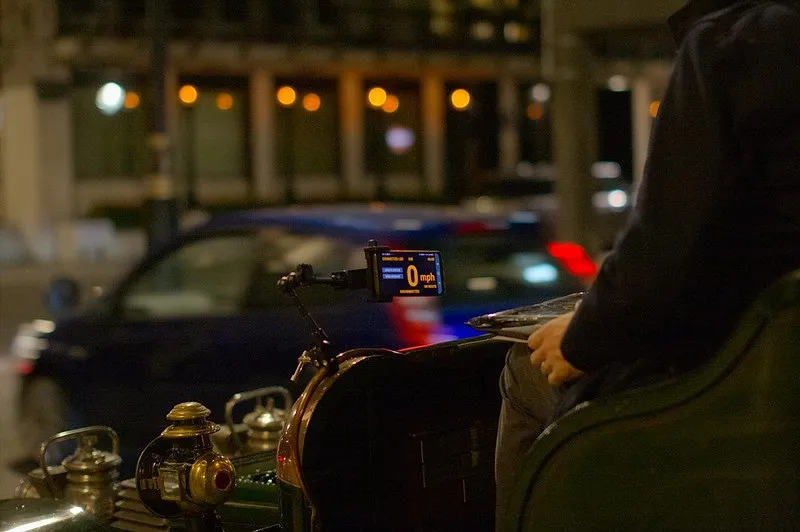Smartdriverclub, the connected car service which launched last summer by entrepreneur Penny Searles from her offices in Southampton and now being rolled out across used car dealer networks across the UK and direct to motorists, aims to give motorists more control over their motoring costs.
Smartdriverclub works through a plug in device under the dashboard that connects the car to Smartdriverclub and gets it talking to identify emerging technical faults, show if the driver’s been in accident so that emergency services can be contacted, track the car if it’s been stolen, find the car if it’s broken down. This, along with a whole range of other cost saving services including competitive insurance for safe drivers, can be viewed and managed on a smartphone app or online via a secure online portal.
Motoring expert and TV presenter Mike Brewer has become a brand ambassador for Smartdriverclub, which he described as a ‘genius idea’, giving used car drivers the connectivity that enables all the services that are becoming standard in new cars.
Smartdriverclub gives used cars the connectivity of new cars
Smartdriverclub, the connected car service which launched last summer by entrepreneur Penny Searles from her offices in Southampton and now being rolled out across used car dealer networks across the UK and direct to motorists, aims to give motorists more control over their motoring costs. Smartdriverclub works through a plug in device under the dashboard that connects the car to Smartdriverclub and gets it talking to identify emerging technical faults, show if the driver’s been in accident so that emergenc
April 28, 2017
Read time: 2 mins









